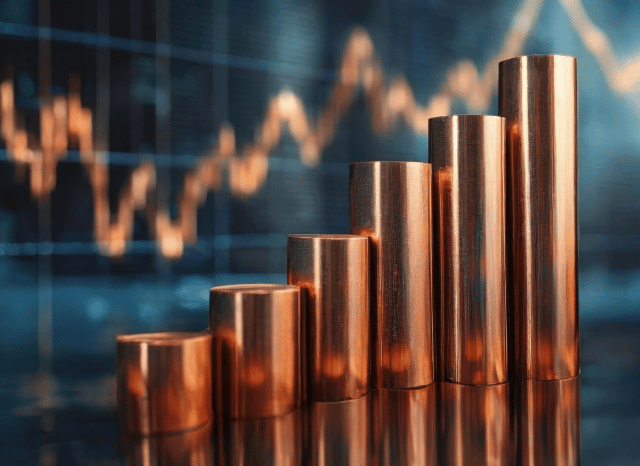
The strategic metals powering the Electricity changeover are now centre phase in geopolitics and field.
The moment confined to area of interest scientific and industrial circles, unusual earth components (REEs) have surged into global headlines—and permanently cause. These seventeen factors, from neodymium to dysprosium, are definitely the constructing blocks of modern technological know-how, enjoying a central role in all the things from wind turbines to electric motor vehicle motors, smartphones to defence systems.
As the globe races towards decarbonisation and digitalisation, demand for REEs is soaring. Their position in the Vitality transition is significant. High-general performance magnets created with neodymium and praseodymium are necessary to the electric motors used in the two EVs and wind turbines. Other REEs like europium and terbium are valuable for lights, shows, and optical fibre networks.
But offer is precariously concentrated. China at present leads the sourcing, separation, and refining of exceptional earths, managing much more than 80% of world output. This has left other nations scrambling to develop resilient provide chains, reduce dependency, and protected use of these strategic means. Because of this, scarce earths are no more just industrial components—They are geopolitical property.
Buyers have taken Notice. Interest in exceptional earth-relevant stocks and exchange-traded cash (ETFs) has surged, driven by both equally the growth in cleanse tech and the desire to hedge in opposition to source shocks. Nevertheless the industry is intricate. Some companies are still during the exploration phase, Some others are scaling up production, even though a few are presently refining and providing processed metals.
It’s also crucial to grasp the distinction between exceptional earth minerals and rare earth metals. "Minerals" consult with the raw rocks—like bastnasite, monazite, xenotime, or ionic clays—that incorporate exceptional earths in purely natural form. These need intensive processing to isolate the metallic components. The term “metals,” Alternatively, refers to the purified chemical components used in high-tech applications.
Processing these minerals into usable metals is costly. Beyond China, several international locations have mastered the total industrial procedure at scale, although places like Australia, rare earth elements the U.S., Vietnam, and Brazil are working to alter that.
Need is being fuelled by quite a few sectors:
· Electrical mobility: magnets in motors
· Renewable Power: particularly wind turbines
· Shopper electronics: smartphones, laptops, sensors
· Defence: radar, sonar, precision-guided techniques
· Automation and robotics: increasingly significant in market
Neodymium stands out as a very beneficial exceptional earth as a result of its use in powerful magnets. Other folks, like dysprosium and terbium, enhance thermal balance in superior-functionality apps.
The rare earth industry is unstable. Selling prices can swing with trade plan, technological breakthroughs, or new source resources. For buyers, ETFs provide diversification, although direct stock investments come with larger chance but most likely bigger returns.
What’s clear is uncommon earths are not obscure chemical curiosities—they’re strategic sources reshaping the global economic climate.